Work Boots and Construction: What Kind of Boots Work Best?
Handcrafted, quality work boots are often designed for fairly specific roles, unlike the average pair of off-the-shelf work boots, and picking the proper boots can make your working life much easier.
JK Boots know that a wildland firefighter will need a completely different set of features on their boots than someone working on beams or hard, flat surfaces. With years of experience handcrafting boots that’ll handle anything the Northwest can offer, we know the right boot for the job matters.

What Boots You Should Wear If You Work Construction Jobs
Heavy-Duty Construction Loads
For those monster jobs where you’ll be working on rugged terrain, you’re going to need a pair of boots that can handle anything on the ground. The JK Boots Superduty, our trophy boot, has a reputation that’s hard to match, offering the all-around protection you’ll ever need.
Harsh terrain can be tough on the ankles, which is why the Superduty comes with a 10” shaft to keep your ankles well secured. Turning your foot on a loose rock or branch can put you out of action for months, but the JK Superdutys’ high shaft and thick, 8oz premium USA leather hold your foot securely and safely.
Working with heavy loads, you’ll need boots that offer the necessary support for your arches, and the leather boot shank and leather mid- and insoles on the JK Superduty will provide the support you need while still molding to the shape of your foot. If you suffer from plantar fasciitis, these boots are perfect for relieving foot fatigue and stress on your arches.
Topped off with an NFPA-rated Vibram RedX Fire Hard outsole to keep you safe for when things get a little hot under the collar and built using a Stitchdown construction for improved durability and weather resistance—it’s clear to see why the JK Boots Superduty is so popular.
Light Duty Construction Work
If you’re looking for an everyday work boot that’s handcrafted, broken in right out of the box, and strong and comfortable enough to handle long hours on your feet, you’ll need a pair of the JK Boots 300.
Named in honor of the 300+ million hardworking Americans that keep our nation moving forward, the JK 300 is the custom-built boot for everyone.
Available with a Vibram 4014 White Christy wedge sole and with either a soft toe or composite toe available depending on your needs, the JK 300 is weather-resistant thanks to being built using the Stitchdown construction method.
If you prefer a lower profile boot, the JK 300 is ideal, yet it still retains the arch support and flexibility you’d expect from boots you’ll wear every day. A 6” boot shaft protects your ankles while still allowing freedom of movement, making them great for those jobs where you’re kneeling or bending down repeatedly.
Lighter than many boots, the JK 300 weighs in at 2 lbs and is crafted using smooth 5-6oz premium oil-tanned leather. While the JK 300 isn’t designed for handling wildland fires, we always use high-strength, burn-resistant thread in construction to add even more protection and peace of mind.
You’ll find these boots lightweight and easy to pull on and off as we’ve given the JK 300 a more open tongue than the usual fully gusseted tongue that you’d find on boots such as the JK Boots Superduty. With an oak-tanned leather insole that’ll compress and mold to your footprint, the JK Boots 300 will quickly become the most comfortable work boot you’ve ever owned.
If Climbing is a Regular Part of Work
Jobs where you’re often found at dizzying heights can be some of the most dangerous around, so it pays to have the proper boots for the job. The features needed for a climbing or linesman boot differ from most boots, as you must have additional grip and excellent stability.
Whether you’re 40 feet up a tree or perched on a utility pole, the outsole on your boot needs to be rigid and reliable, which is why the JK Boots Climber is built with a Vibram RedX outsole. While most JK Boots come with a leather boot shank, the JK Climber uses a steel shank to provide that extra rigidity and impact protection.
Climbing can be brutal on your arches, and including a steel shank allows you to use the heel on the JK Climber to hold firm without suffering from foot fatigue.
A 10” high shaft and 8-9oz premium oil-tanned USA leather give your lower leg the stability to work at height while feeling well supported, and thanks to our preference for building our boots using a Stitchdown construction, your boots will remain weather resistant.

Make Your Boots Work For You
Working in “construction” covers all manner of roles, and because of that, we’ve got a boot to cover every role the 300+ million American workers who step out every day may need. Our flagship boot, the JK Boots Superduty, is one of the toughest boots on the planet and can handle hard labor, rough weather, and harsh terrain.
The Superduty is proven on all levels, and thanks to its superior build and durability, there’s no job it’s not suited to.
Not everyone works in forests or fields, and recognizing the need for an affordable, premium work boot that’s ideal for working on concrete or beams, the JK Boots 300 was created. It has quickly become one of the most popular and versatile boots we make because it’s perfect for every role—from making deliveries to tough construction jobs.
Remembering our Northwest roots, we know what a climbing boot needs to offer to keep you safe at altitude, which is why the JK Boots Climber was created with stability and reliability in mind. From forestry jobs to linesman roles, the JK Climber protects your feet, and the steel shank stabilizes and reduces fatigue.
Just like there’s a huge difference between a dress boot and a work boot, the subtle yet vital differences between a heavy-duty construction boot and a light-duty boot make all the difference. We hope you’ve found this article helpful—and if you’re trying to decide which construction boot is for you, you can now choose with peace of mind.
FAQs
Why is it important to wear boots in construction?
If you work on construction sites, it’s vital that you wear the proper protection. Many sites require the appropriate safety equipment, and the right boots will make your job safer, more comfortable, and more manageable. Working outdoors in construction requires a sturdy boot with a high shaft to protect your ankles, while indoor construction boots are often lighter and more flexible.
Are steel-toe boots good for construction?
Steel-toe boots can sometimes be required for specific roles, but a sturdy leather boot often provides more than enough protection from falling objects. A composite toe is also a viable option, but for most jobs, unless you’re dealing with heavy, moveable objects, sturdy leather boots are ideal as they’re lighter and more comfortable.
How long should work boots last in construction?
If you don’t plan on having your boots resoled, a high-quality pair of work boots can last around 2-3 years. For a premium boot that you have resoled two or three times, there’s no reason they won’t last up to a decade. Cheap work boots often aren’t worth resoling due to the replacement cost, but cheaper boots will usually last 1-2 years at most.

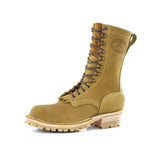

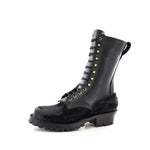
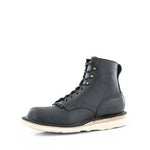
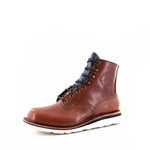
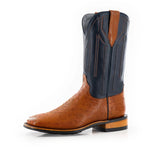
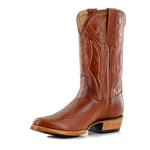
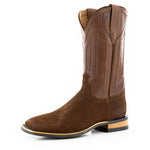
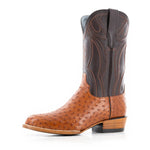


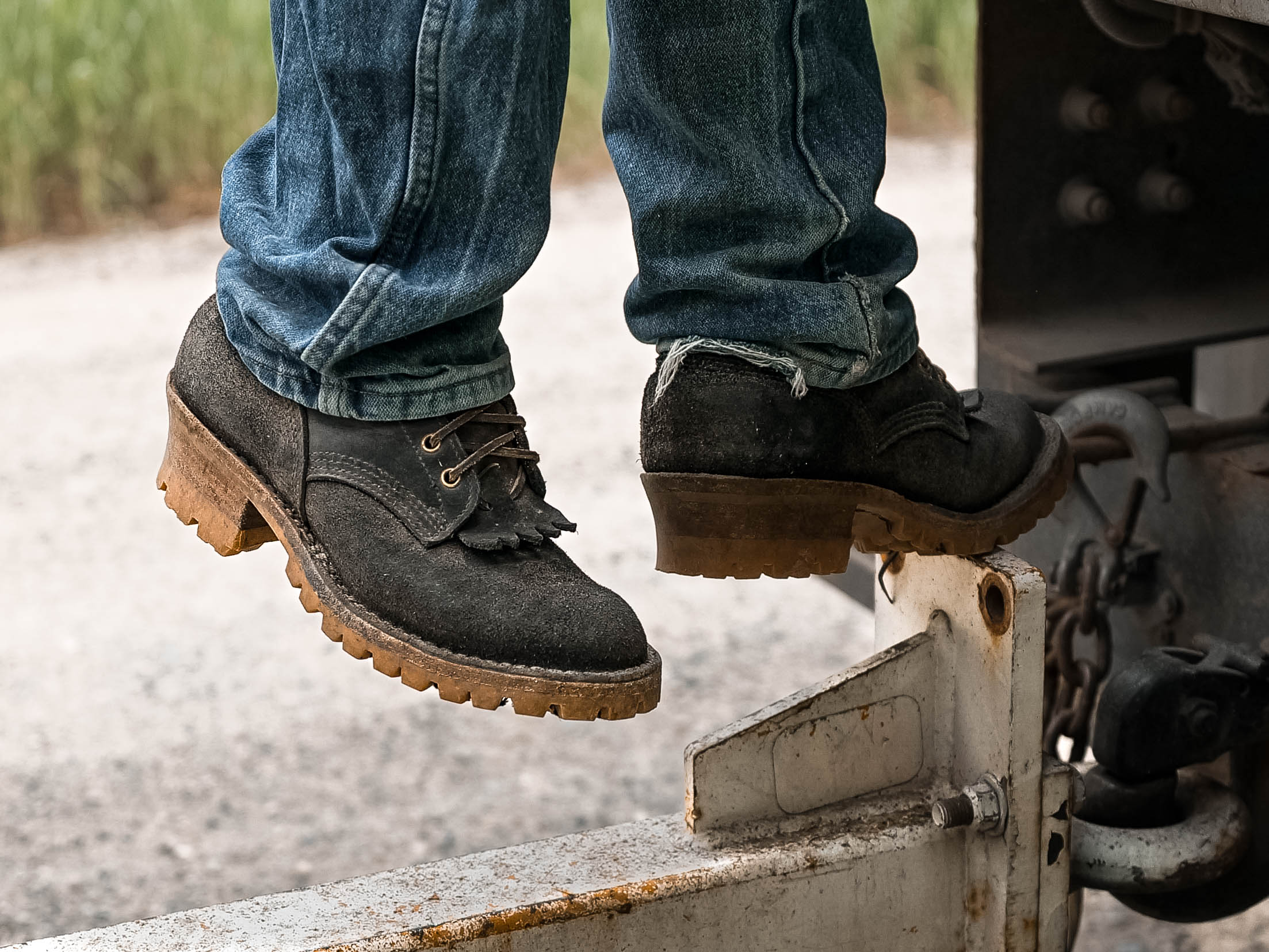
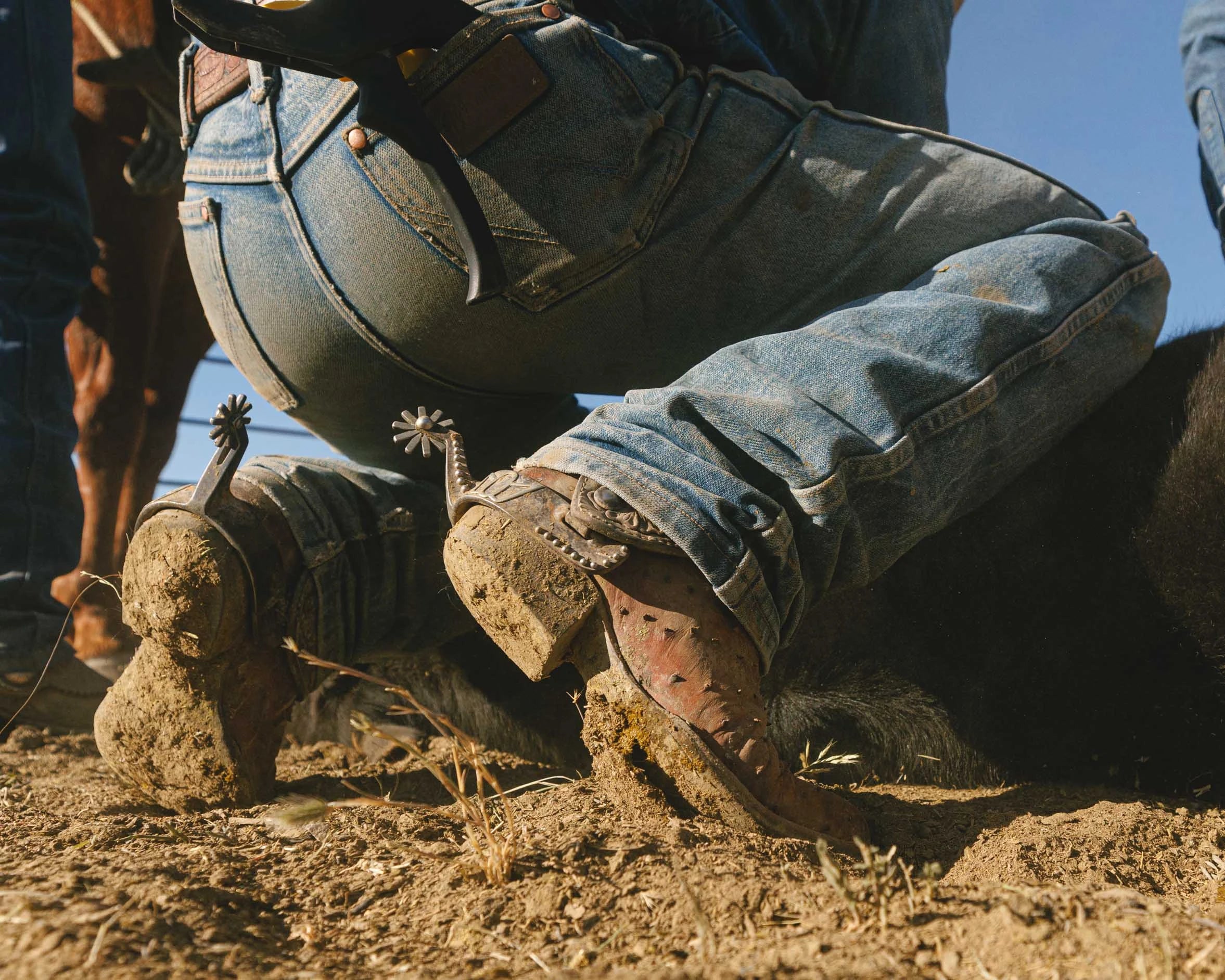
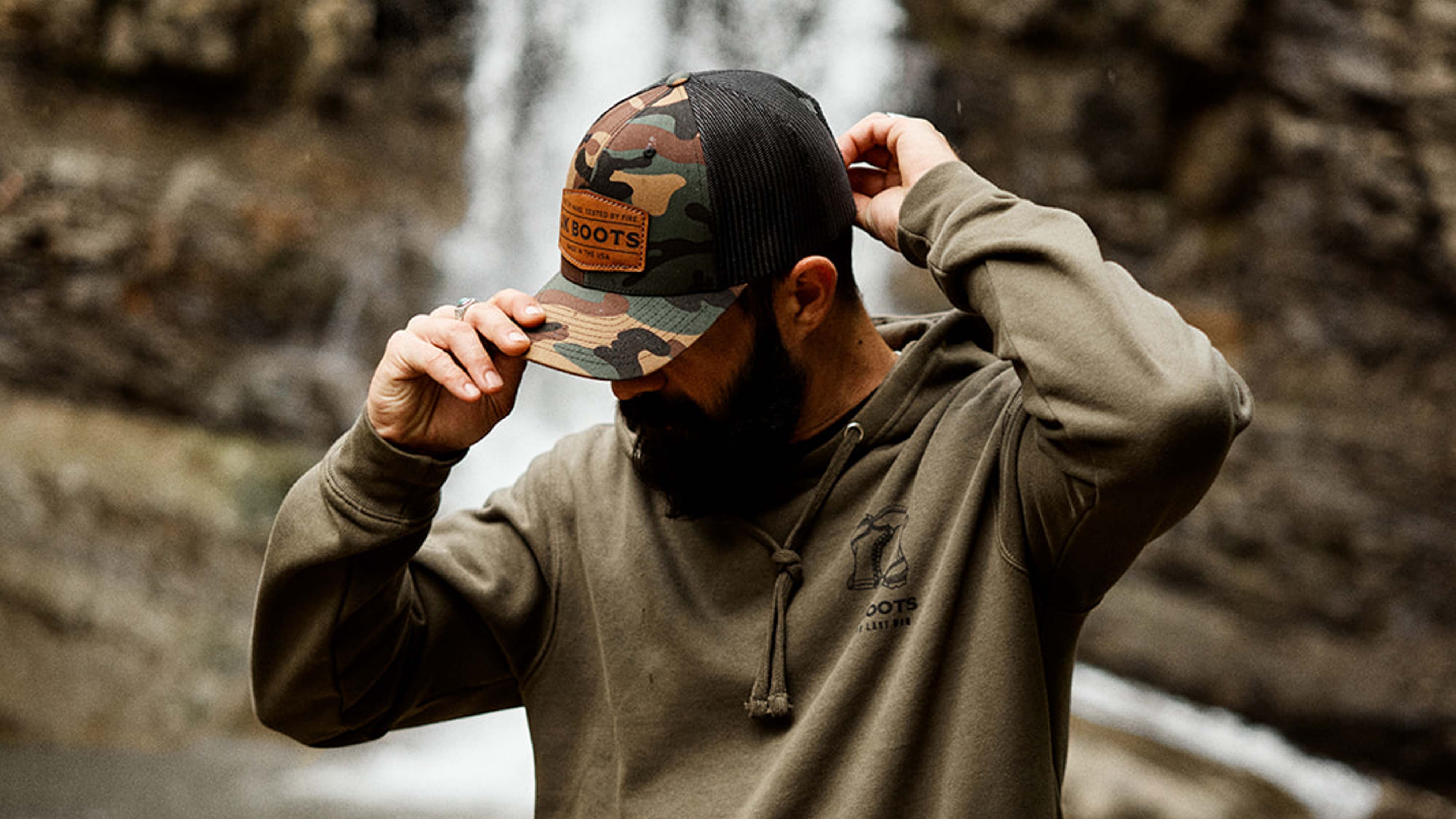
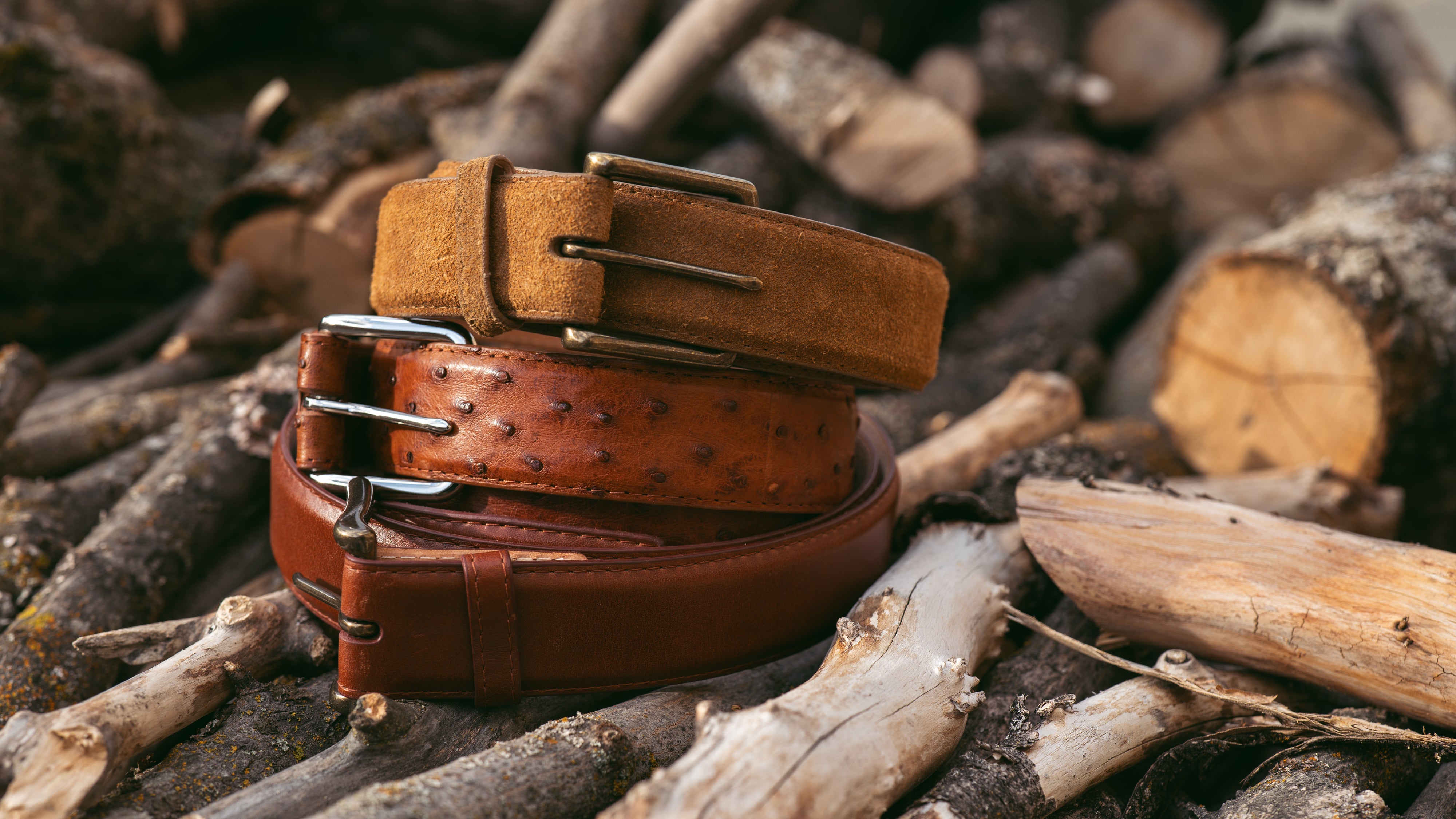
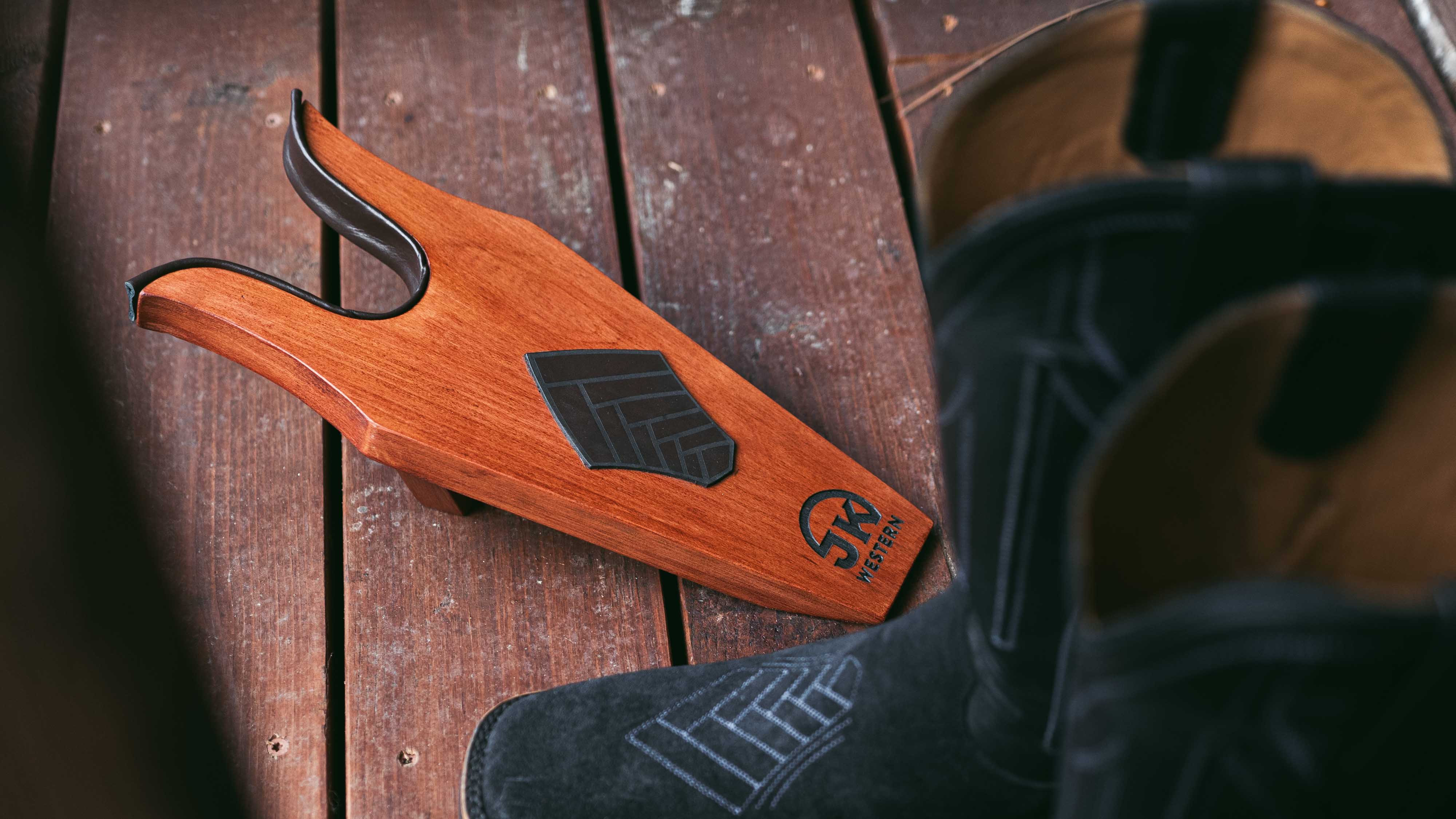
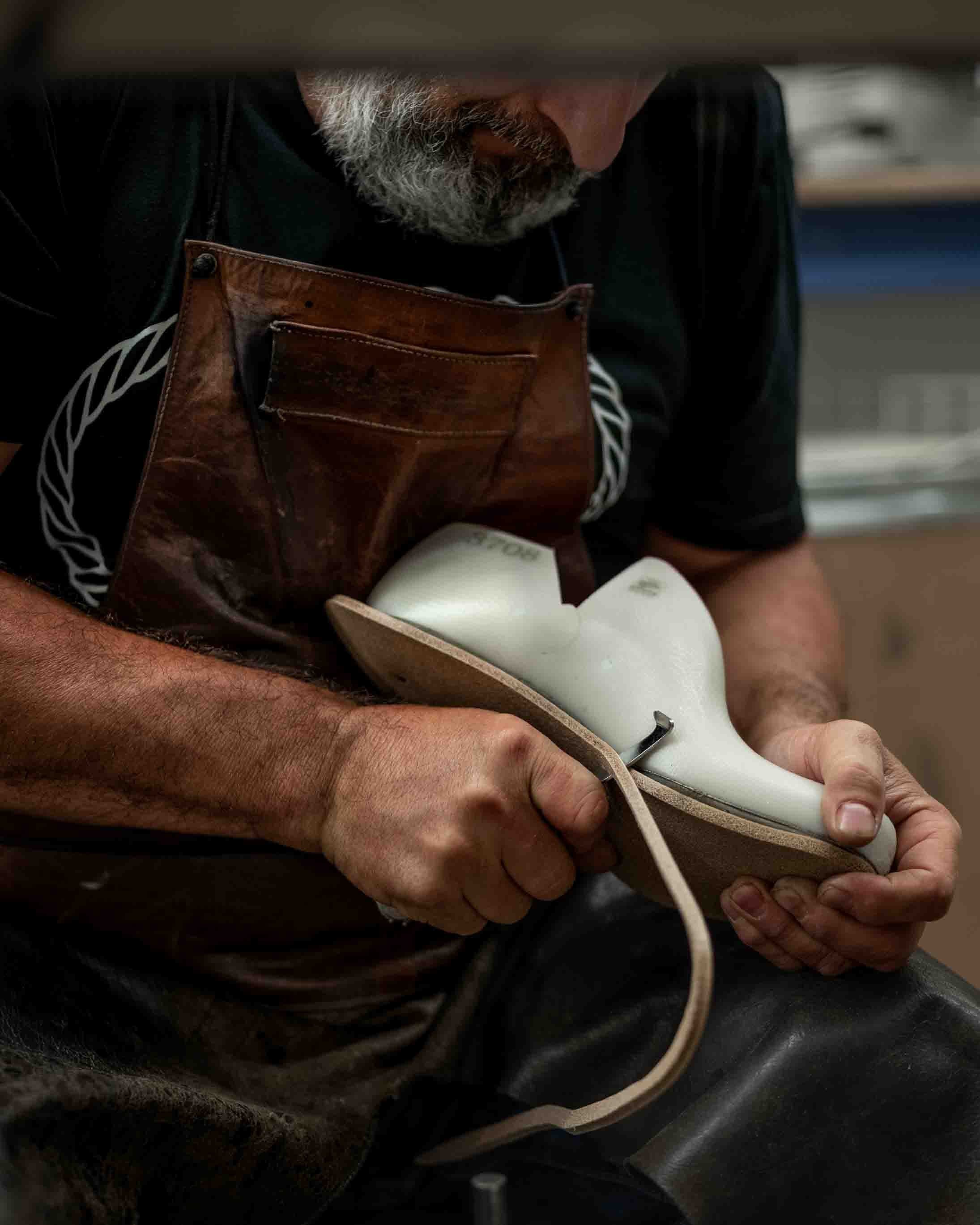
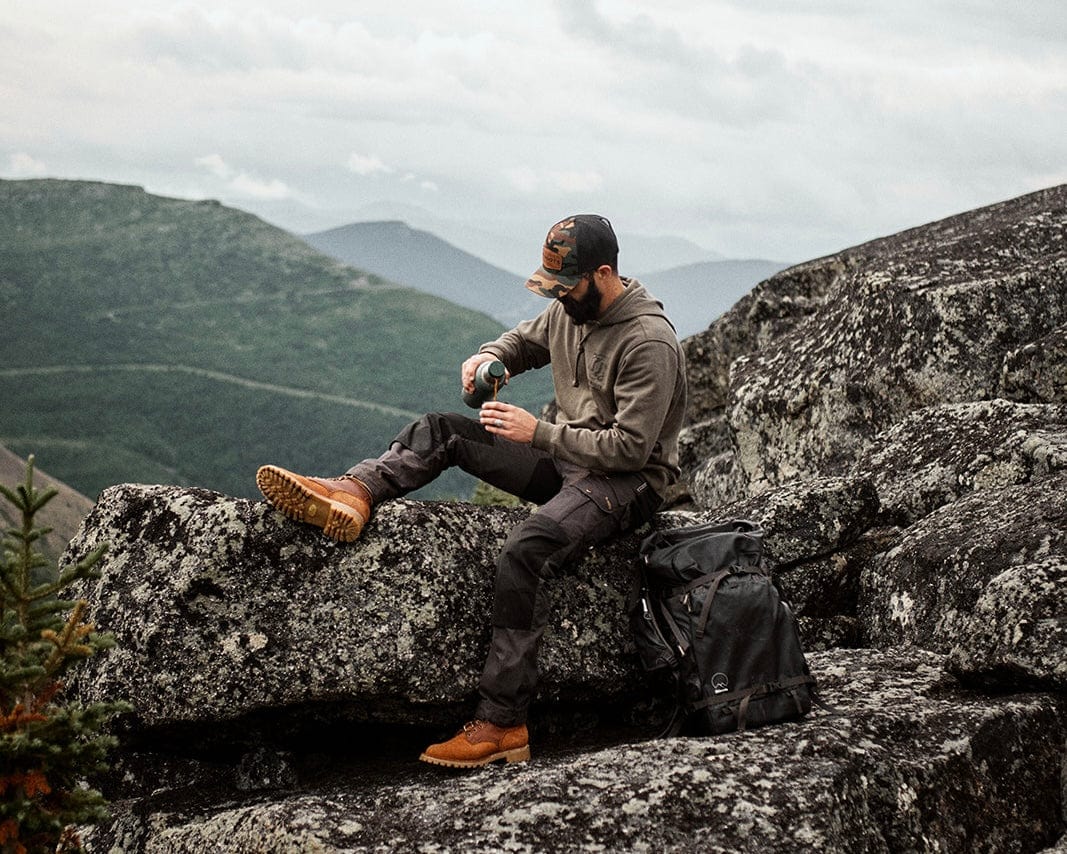
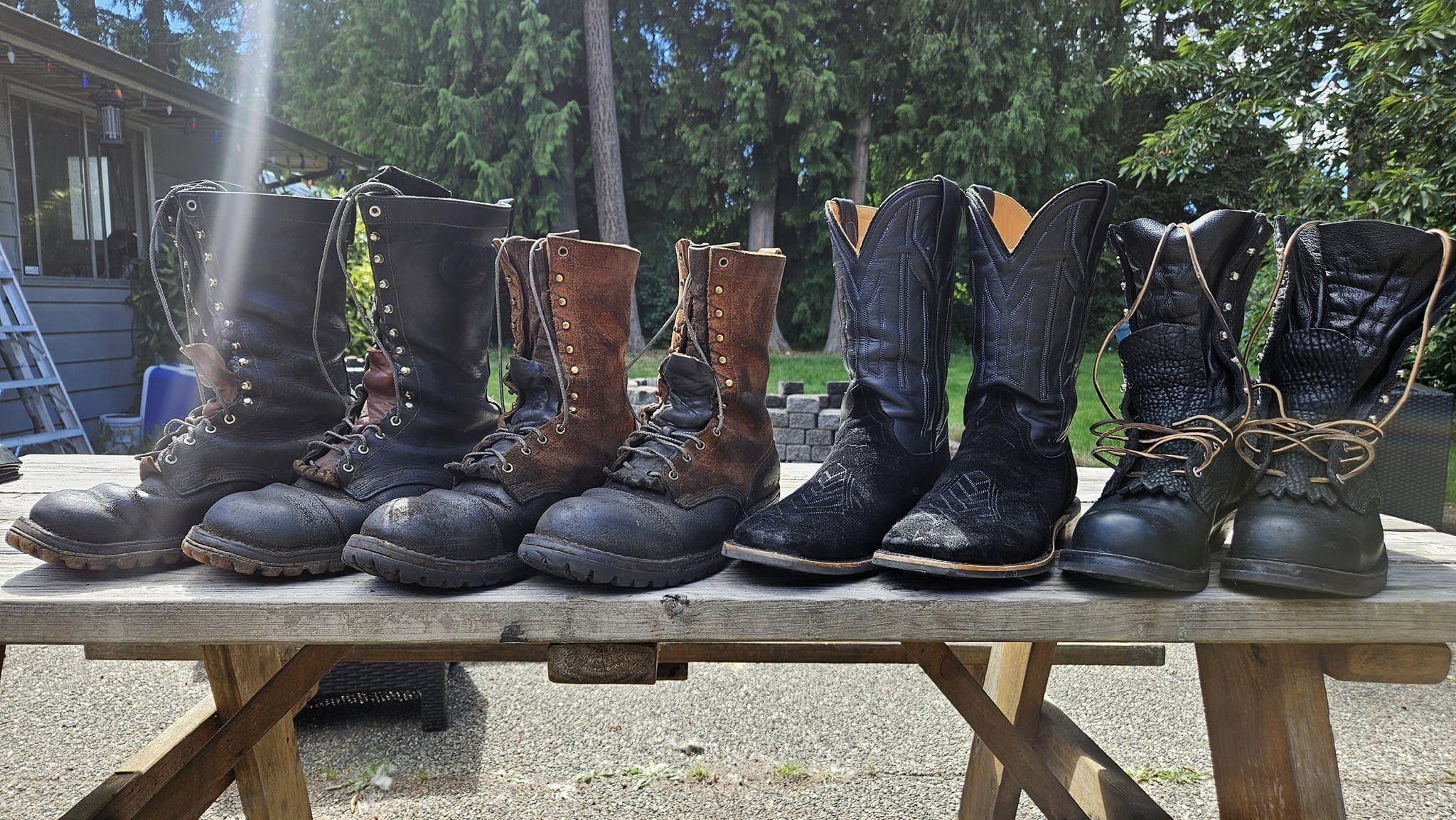
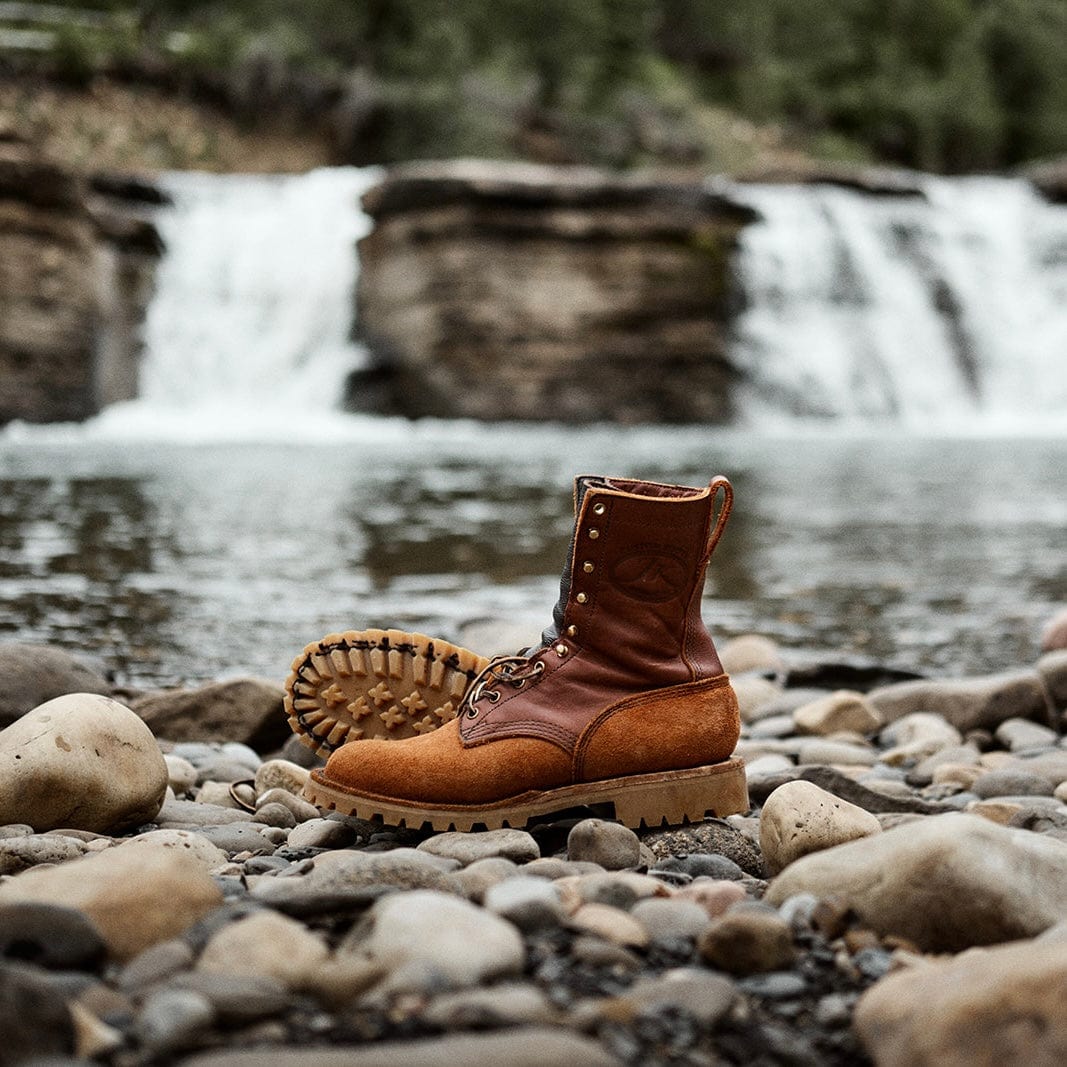

What is the composite form you build your boots around? Why do you use it? And do you make women’s boots?
Thanks
Leave a comment